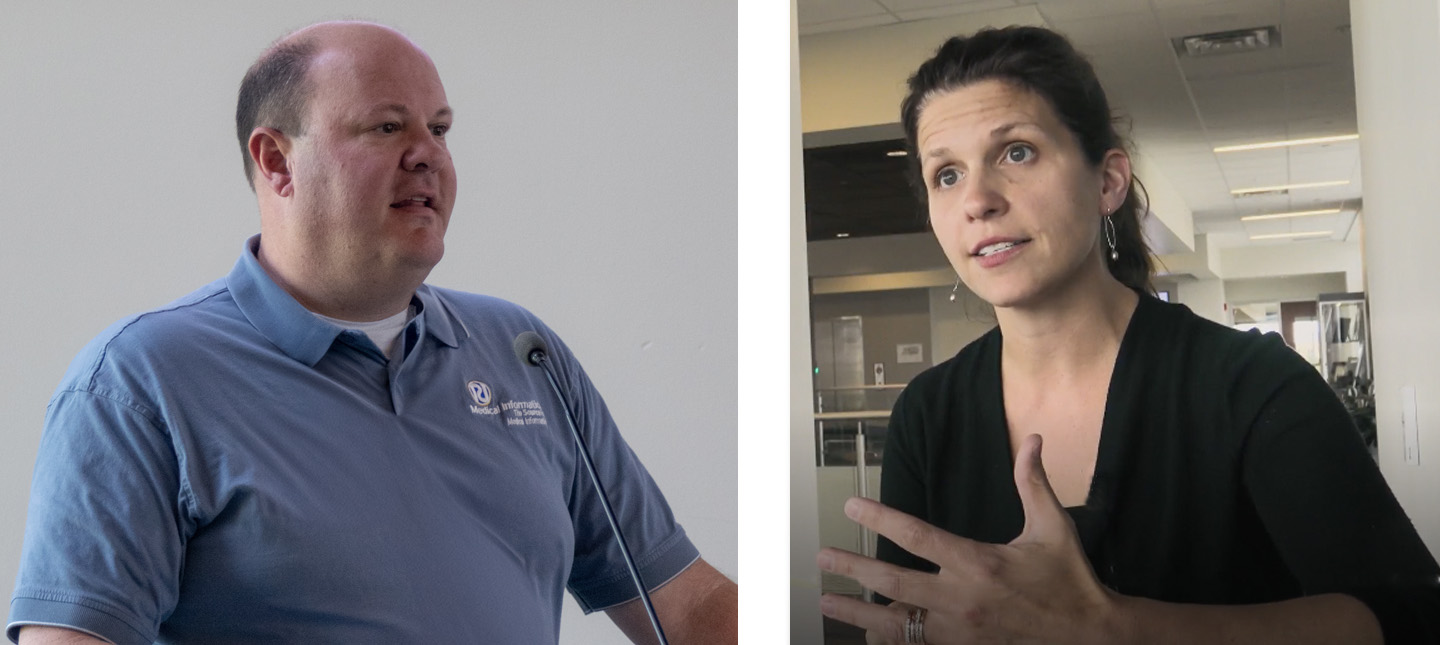April Savoy, PhD, explains cross-institutional referrals and highlights the difficulties both patients and providers face when operating across healthcare systems.
Transcript:
This particular study looked at cross-institutional referral loops. So that actually makes it even more difficult because now the referrer and the consultant are not in the same healthcare system. And so, when we talk about that, now we’re talking about patients traversing through different healthcare systems, physicians who are using different EHR systems that may or may not talk to each other. Our study showed that there are a lot of physicians that are relying on fax machines, and when that doesn’t work, or in the case that that doesn’t work, then they’re relying on the patient actually bringing papers, and/or CDs or printouts or even relying on their cell phones. The patients are already stressed. They are sick. They’re trying to find solutions. They’re trying to be treated. And to add that burden of now making them responsible, it’s not an extra burden that we need the patients to carry.
Dr. Savoy discusses next steps to develop and refine technologies and find ways to improve healthcare referral systems.
Transcript:
The goal is to take this information and start to develop and refine that list of requirements for technologies and policies and workflows that can better cater to and address the issues that we presented in the paper. We’re hoping that we can research and analyze the information in more detail, get more information to capture the commonalities and differences across healthcare systems and even within specialties and clinics to make sure that all patients and their caregivers and clinicians have a better and more efficient experience with referrals, but also to operationalize this, bring this up, this attention of the breakdowns to organizational leadership, so they can get a better understanding of what’s not being measured, but what should be, so that we know when we need to act and how we need to act more effectively and efficiently to ensure great quality of care for patients.








